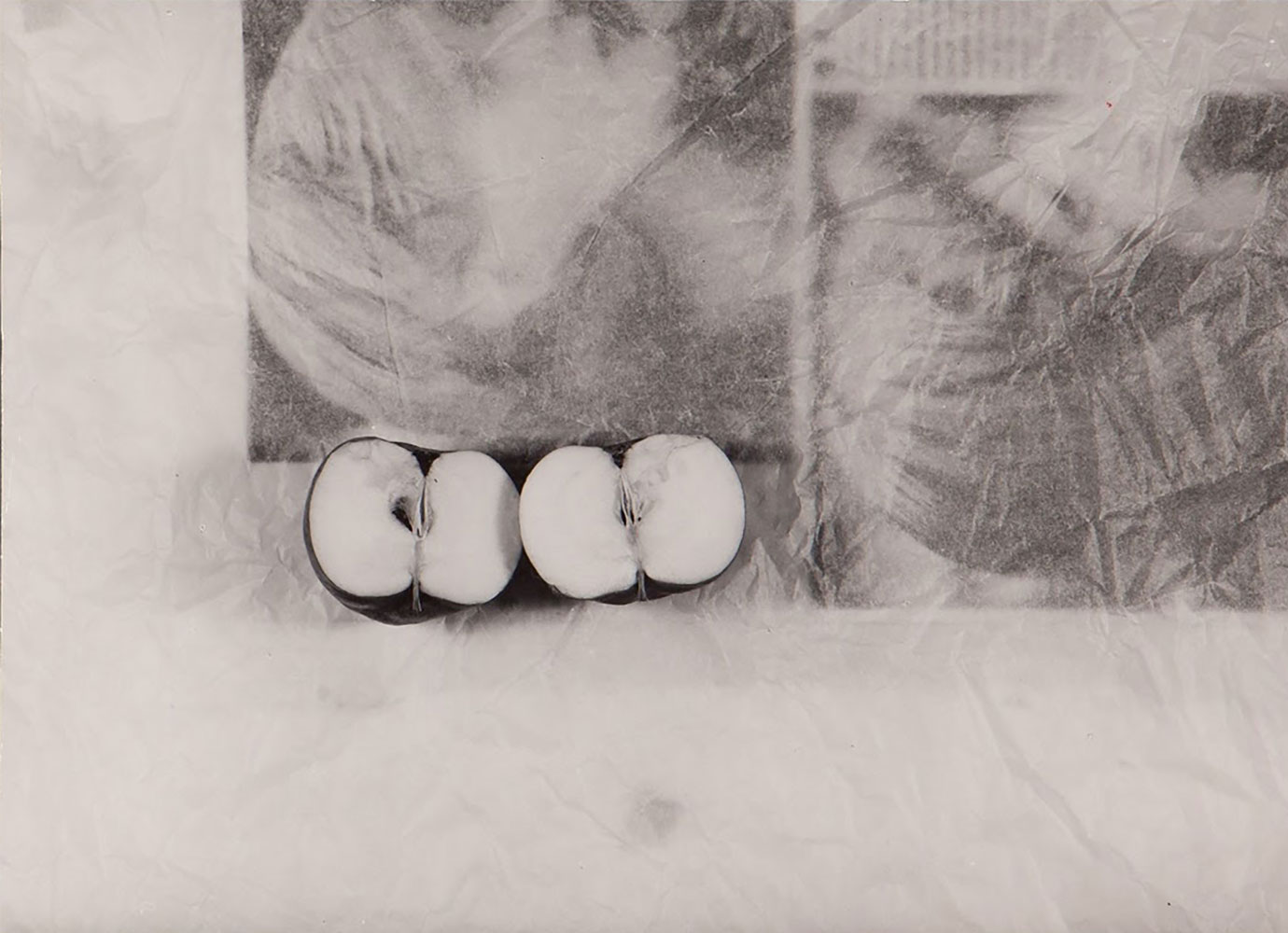Letter from Zlín: the Czech town where capitalism and constructivism co-exist
Idealistic constructivist buildings designed to provide a better quality of life for workers are usually seen as the domain of the heady early years of the Soviet Union. But as Anna West discovers, it wasn't just communist leaders who dreamt of reshaping the system. One of the Czech Republic's best-known entrepreneurs, Tomáš Baťa, had a vision of his own — and spent the early 20th century reshaping the Moravian city of Zlín to become his legacy.
The first gift I remember receiving from my grandmother was a pair of shoes from Bata. It was the 90s, and although foreign brands were appearing in stores throughout Prague, they were still too expensive for most Czechs — or at least they were for my grandmother, who lived off her pension. Bata — Czech in origin, but by then multinational — was the affordable option. At the store, I picked out a pair of sandals with a floral design. My grandmother drew her lips together in disapproval and said, “jako v komunismu.” The print reminded her of the drab styles of the communist era. She bought them for me anyway.
Zlín was built firmly on socialist principles. Yet Bat’a chose American and German-inspired capitalism to bring his project to life
But if Bata shoes were associated with plain, affordable clothing, the man behind the brand was a pioneer. Throughout the early 20th century, Tomáš Baťa and his company transformed the Czech settlement of Zlín from a city of 2,800 inhabitants into a modern Moravian city optimised for Bata workers. Inspired by English urban planner Ebenezer Howard’s concept of a “garden city”, Bat’a and his architects sought to combine the best aspects of country living with the conveniences of city life — all within close proximity to his factories.
The urban utopia that Bat’a envisioned was never fully realised. What remains is his legacy: a city erected with the intention of creating a fairer, freer society. Zlín was built firmly on socialist principles, and Bat’a described himself as “collectivist”, or “even something like a communist”. Yet Bat’a chose American and German-inspired capitalism to bring his project to life. In Zlín, socialist and capitalist influences can be seen side by side.
Building plans to extend the city of Zlín. Image used under a CC licence from Zlín Public Archives/Wikimedia Commons
It turns out you can see a lot of Zlín without ever leaving the comfort of your car. The D49 motorway cuts through the heart of the city, past the Tomas Bata University and Park Komenského. Today’s Zlín feels more like a university town than the seat of an industrial complex. Many of the larger factories have gone (Bata shoes haven’t been manufactured here for more than 70 years) and only smaller manufacturers remain. The newer developments that populate the centre have kept in with Zlín’s characteristic brick masonry, ensuring the city stays awash in the colour red.
Further down the motorway is the old Bata factory complex, which has since been refurbished and now houses government offices, warehouses, and shops. The Bata factories were constructed directly beside Zlín’s main thoroughfare and railroad so that workers could commute efficiently from nearby employee housing. “In Zlín, what was built was essentially a worker’s colony,” Prague-based architecture historian, Vendula Hnídková, tells me. “It was an extension, an addition to the existing historical town.” The first to tackle building this extension was Czech architect Jan Kotěra. Hnídkova, who currently researches garden cities in the Central European context, explains that it was Kotěra who introduced Bat’a to the concept of a garden city when he was hired to plan Zlín’s housing development. The idea originated in England in the 1890s, when urban planner Ebenezer Howard described his vision for a self-sustaining community containing greenbelts interspersed among housing and agriculture. As a member of the Fabian Society — a British socialist organisation founded in 1884 — Howard believed in the power of evolutionary socialism, achieved by measures such as the social control of property. To Howard, the garden city concept was as much about bringing working class society closer to nature, as it was reforming England’s overcrowded and polluted Victorian cities. The first garden city based on Howard’s ideas was built in Letchworth in 1903, and from there the concept spread abroad. Kotěra modelled his plan for Zlín after the garden cities he encountered during his travels.
Photo of the workers' colony in the city of Zlín. Image: The Tomas Bat'a Foundation/Wikimedia Commons used a CC licence
For the new housing district, Kotěra designed worker homes that were split into four dwelling units. Aesthetically, Kotěra’s homes bore no resemblance to English housing models. Instead, Kotera looked to garden cities for their use of green space. The Letná neighbourhood was connected to the factory complex and a greenbelt surrounded the entire development. Each home also came with a communal garden meant to help workers transition from their country roots. Bat’a believed that the human mind relaxed better when surrounded by nature and the colour green. (He also forbade the planting of any vegetables in the garden plots to ensure that his workers were resting while at home.)
One four-floor production hall for the factory was built in 28 days. While finishing workers completing the top floor, shoe production had already begun on the ground floor
But if socialist thinking influenced the initial planning of Zlín, it was the capitalist pressure to build faster and cheaper that ultimately drove the city’s growth and design. There is no place better to see the immense city development than by touring the Bat’a family houses. Rows upon rows of these uniform, red-brick houses dot Zlín’s hillside, so much so that they have become emblematic of the city. Bat’a hired Zlín-born architect František Gahura to design the next generation of employee houses after Kotěra died in 1923. But the red brick was used not for aesthetic purposes, but out of necessity. It was found not only to be high-quality but also fulfilled other more practical concerns such as logistics — and cost. “What [the architecture team] searched for was not any special aesthetic design, but standardised production and a highly rational calculation of the cost. That was the driving force behind the architecture,” says Hnídková. In other words, because Zlín was developing so quickly, the developers used brick simply because it was cheap. Bat’a believed strongly in utilitarianism, with one famous quote extolling, “Architects are obliged to build functional buildings, not their own monuments.” One four-floor production hall for the factory was built in 28 days. But while finishing workers completed the top floor, shoe production had already begun on the ground floor. Or, as Bat’a said: “before the building is finished, it has to start making money for itself”.
Zlín today. Image: Michal Nevaril/Unsplash under a CC licence
Bat’a died in a plane crash in 1932, and never lived to see many of Zlín’s developments. But in the years leading up to his death, a paradigm shift in modern architecture was underway. Artists and architects alike were rethinking how to build a better society, and from these ideas new styles were born. One of these new aesthetics was Constructivism, which eschewed ornamentation and embraced rationality, often taking design inspiration from machinery and other logical systems. While nations such as the Soviet Union were drawn to constructivism to wash away the bourgeoise architecture of the past, utilitarian design philosophy took hold in Zlín as a natural answer to the industrial development driven by the Bata Company. Yet while today’s architecture historians use Constructivism to denote this materialisation of rationalism, architects of the time — both in the USSR, and the Czech Republic — would have merely called themselves modernists.
One of the best examples of constructivism in Zlín is the Bat’a Skyscraper, designed by Czech architect Vladimir Karfík. Built in 1938, the 16-storey building was, at one time, the tallest in Europe. Karfík’s international experiences working at Le Corbusier’s Paris atelier and Frank Lloyd Wright’s Taliesin studio in Wisconsin complemented the Bata company’s own global expansion. For the skyscraper design, Karfík incorporated more sophisticated building materials, such as steel and glass, and stuck to a symmetric 6.15 by 6.15 metre concrete frame. The building still stands today, having suffered no significant damage during the extensive bombing inflicted on Zlín during the Second World War.
Another model of constructivism is Karfík’s Community House, now Hotel Moskva, built in 1933. Community houses were an integral part of life in Zlín, as they offered common rooms, dance halls, and cinemas, in addition to accommodation. This type of communal living was not exclusive to Zlín’s constructivist buildings, as communal housing was designed by Kotěra and Gahura. But under Karfík it was taken to new heights, quite literally. Karfík’s Community House stood much larger at 11 storeys and has vertical columns in the building’s skeleton and horizontally-divided windows. It was built in Otrokovice, a nearby town that Zlín swallowed in its rapid development.
Zlín as seen from the 17th floor of the Bata Skyscraper. Image: _Txllxt_Txllxt_/Wikimedia Commons
After the war, everything changed. The Bata Company retained its foreign assets, while governments in the Eastern bloc countries confiscated and nationalised Bata factories. The communists, hoping to erase Zlín’s capitalist past, renamed the city Gottwaldov in 1949, after the country’s first communist president. In Zlín, Hnídková says that the shift in ideology is manifested in the architecture itself. “The family houses were replaced by the collectivist houses and the apartment buildings. It’s a radical difference and I think it embodies the vision of living collectively and employing social control of the people more extensively than in the family houses.” Under communism, new collectivist housing in Zlín consisted of prefabricated panel buildings, or paneláky, like the so-called G-houses. The construction of paneláky was similarly driven by a need for large quantities of cheaply built housing. Many actually credit the architects Hynek Adamec and Bohumil Kula, hired by the Bata Company in the 1940s, with inventing prototypic paneláky with their design of prefabricated duplex houses. But regardless of its origin, these high-density apartment complexes shaped Zlín into a different socialist reality than the one it was founded on. By the end of the 1950s, paneláky were developed throughout the country and, for many, have since become synonymous with the dull aesthetic of the communist years.
Shortly after the fall of communism in Czechoslovakia, Zlín reclaimed its name and the city experienced a revival. There was a celebration of the “Bat’a myth,” as Hnídková puts it. Despite his socialist beliefs, to Czechs, Bat’a exemplified the capitalist history of interwar Czechoslovakia. Today, Zlín faces the exact opposite of its population-driven boom during the interwar period. Its populace is dwindling to levels previously seen in the 1960s and the city is projected to have the highest percentage of seniors in the Czech Republic by 2050. To prepare for its future, Zlín’s city planners and developers are investing more in student housing, barrier-free access to public transportation, and civic amenities to attract more permanent residents. But what people want and need most are jobs. As the city tries to woo large employers, urban planners can look to Bata and Zlín’s interwar period for inspiration.

